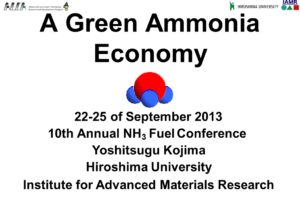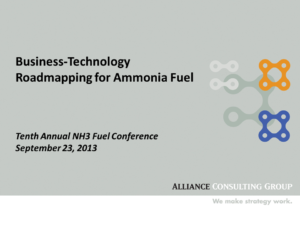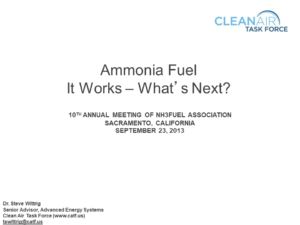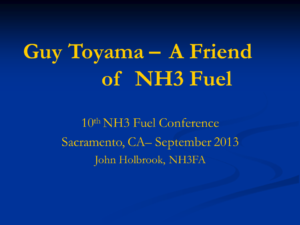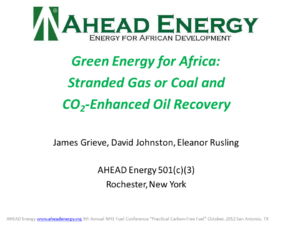Presentation
Production of Ammonia and Nitrogen Fertilizers based on Biomass - Research Efforts in Sweden
The Swedish University of Agricultural Sciences have been conducting research on production of ammonia and nitrogen fertilizers based on bioenergy since 2006, in the last years in co-operation with Lund University and University of Minnesota. The research has so far been theoretical — studying the techno-economics and the potential environmental impacts. Several possible pathways for ammonia and ammonium nitrate fertilizer production have been explored, e.g. gasification of woody biomass, reforming of biogas from anaerobic digestion, integration in biomass CHP plants. A selection of results from the past years research can be presented: Techno-Economic Assessment of Non-Fossil Ammonia Production P. Tunå,…



